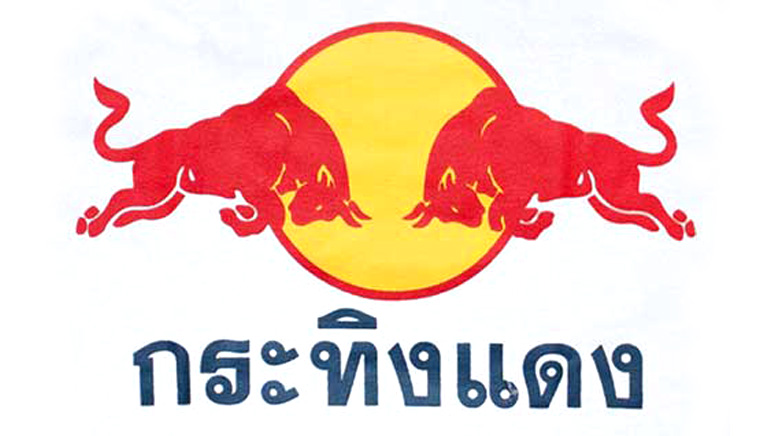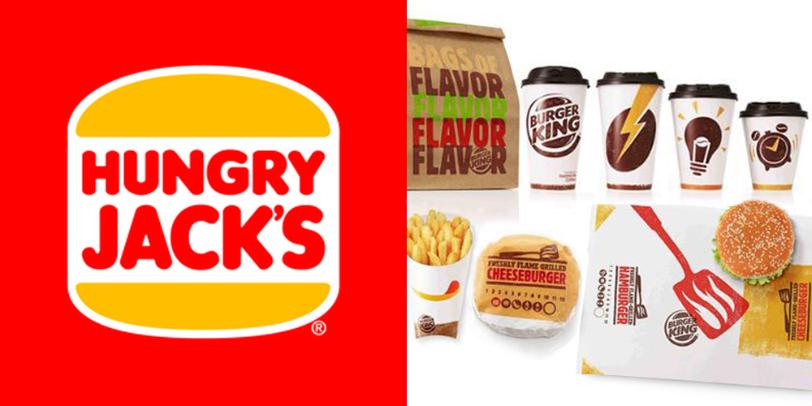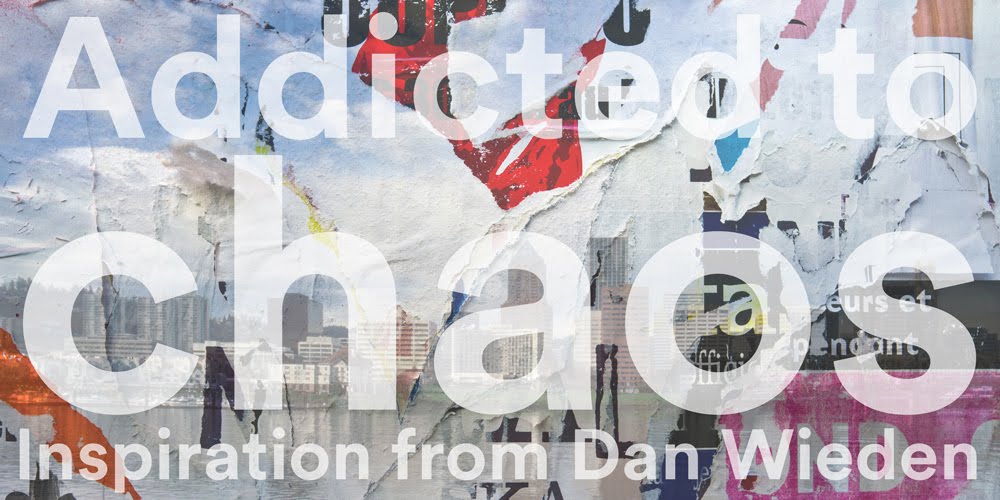Origin of the Red Bull Brand
I will always remember my first trip to Thailand! It was one of those life affirming moments, a sensory overload of experience and learning!!! Travelling has been a great way for me to experience other brands and how consumers interact with them on a daily basis. Brands that I have never seen before visiting that country. Brands that are like the ones I grew up with but different! I love it.
One of the most confusing for me was seeing what look liked the Red Bull brand, but when I tasted the product, it wasn't fizzy and was a lot thicker and more like a syrup. It seemed stronger in it's effects and they were sellking T shirts everywhere with the two bull branding on. It looked like the brand, but the product was different. Over the years, I read more and started to understand why this was. The following excerpt explains why this was!
JKR's Champions of Design series, examines the history of some of the worlds most recognised brands. In this particular article, they feature the history and success of Red Bull. It's an absolutely fascinating story! Enjoy!

Under the leadership of Austrian brand owner Dietrich Mateschitz, Red Bull’s epic forays into art, racing, flying and even space have made the brand a global phenomenon. In terms of experience and communication, Mateschitz’s company added incalculable value to the brand. Where they didn’t add value was the design of the original Thai energy drink. And that of course, is what has added value. Sometimes, knowing when not to meddle with the magic is the thing that makes the magic itself.

In the 1970s, Red Bull was being marketed at farmers, construction workers and truck drivers in Thailand. Krating Daeng (‘Red Bull’ in Thai) was a populist drink for the working man: one that allowed you to overcome fatigue, pull a double shift, or drive all night.

In the 1970s, Red Bull was being marketed at farmers, construction workers and truck drivers in Thailand. Krating Daeng (‘Red Bull’ in Thai) was a populist drink for the working man: one that allowed you to overcome fatigue, pull a double shift, or drive all night.
 It formed a long-standing association with Muay Thai (Thai kick boxing), which gave it popularity and street cred. With a potent mix of sugar, caffeine and taurine all packed up in a small medicinal brown glass bottle with a bright, colourful label, Red Bull became something of a success amongst its working-class consumer base.
It formed a long-standing association with Muay Thai (Thai kick boxing), which gave it popularity and street cred. With a potent mix of sugar, caffeine and taurine all packed up in a small medicinal brown glass bottle with a bright, colourful label, Red Bull became something of a success amongst its working-class consumer base.It started with a humdrum business trip to Thailand for Austrian Dietrich Mateschitz. He stumbled across the drink and apparently discovered that it ‘cured’ his jet lag. In partnership with Thai inventor Chaleo Yoovidhya they launched a version of the Thai drink slightly modified to suit European tastes. The rest, as they say, is history.
Red Bull’s evolution from quirky local drink to global mega-brand is a master-class in how to execute a brilliantly joined-up communications idea across big-idea events. But it’s also a lesson in the value of restraint and sensitivity. When Mateschitz decided to launch ‘Krating Daeng’ in Austria, he was careful to retain the iconography of the brand, leaving its charging bulls virtually untouched. He recognised, perhaps, that a sense of the ‘foreign’, the exotic, the quirky and the doubtless potent would be positive associations for a new energy drink brand.
Red Bull’s evolution from quirky local drink to global mega-brand is a master-class in how to execute a brilliantly joined-up communications idea across big-idea events. But it’s also a lesson in the value of restraint and sensitivity. When Mateschitz decided to launch ‘Krating Daeng’ in Austria, he was careful to retain the iconography of the brand, leaving its charging bulls virtually untouched. He recognised, perhaps, that a sense of the ‘foreign’, the exotic, the quirky and the doubtless potent would be positive associations for a new energy drink brand.
Design icons aren’t built overnight, and knowing when not to change them is a valuable skill. So now the world is richer for having two Red Bull brands that are of course, same same but different.
Did you know?
Thanks to Red Bull, its co-owner, Dietrich Mateschitz is the richest man in Austria.
Red Bull owns four football teams (based in Leipzig, Salzburg, New York and Campinas in Brazil) and two F1 outfits. Its F1 operation is said to cost the company half a billion dollars annually.
Red Bull racing hold the record for the fastest ever pit stop, timed at 1.923 seconds at the Austin GP in 2013.
As well as its famous extreme sport sponsorship, the company also promotes a paper airplane tournament called Red Bull Paper Wings.
Thanks to Red Bull, its co-owner, Dietrich Mateschitz is the richest man in Austria.
Red Bull owns four football teams (based in Leipzig, Salzburg, New York and Campinas in Brazil) and two F1 outfits. Its F1 operation is said to cost the company half a billion dollars annually.
Red Bull racing hold the record for the fastest ever pit stop, timed at 1.923 seconds at the Austin GP in 2013.
As well as its famous extreme sport sponsorship, the company also promotes a paper airplane tournament called Red Bull Paper Wings.




Comments
Post a Comment